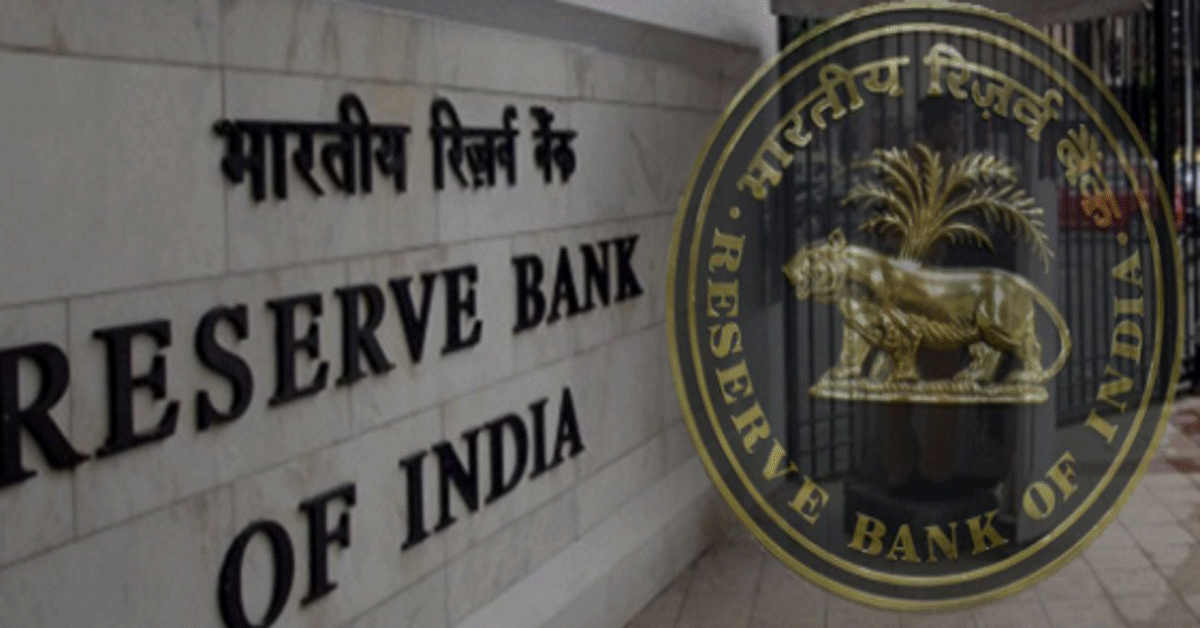The Reserve Bank of India (RBI) has announced a change in ATM withdrawal charges, which will start from May 1, 2025. Customers will have to pay Rs 23 per transaction after using up their free withdrawals. This means the fee has gone up from the existing Rs 21 per transaction.
Even though the fee has increased, customers still get a limited number of free ATM transactions every month. According to RBI rules, bank account holders will receive five free transactions per month at ATMs of their own bank, three free transactions per month at ATMs of other banks in metro cities, and five free transactions per month at ATMs of other banks in non-metro areas. After these free transactions are used, customers will have to pay Rs 23 per withdrawal.
The RBI has said that the cost of maintaining ATMs has gone up. Banks spend a lot of money on cash management (keeping ATMs stocked with money), ATM maintenance (repairing and keeping ATMs running smoothly), and security (protecting ATMs from fraud and theft). To help banks recover some of these costs, the RBI has allowed them to increase withdrawal charges.
For those who use ATMs often, this means they need to plan their withdrawals carefully to avoid extra charges. Some ways to reduce these fees include using your own bank’s ATMs whenever possible, keeping track of free transactions to avoid extra fees, and using digital banking like UPI, mobile wallets, and internet banking to reduce cash withdrawals.
According to reports, State Bank of India (SBI) earns a large amount from ATM withdrawal fees. On the other hand, many public sector banks face financial difficulties due to ATM-related costs. The increased fee may help them manage expenses better.
This change means you may need to be more careful about ATM withdrawals to avoid extra charges. Digital banking options can help you save money and avoid unnecessary fees. Stay informed and manage your finances wisely!
